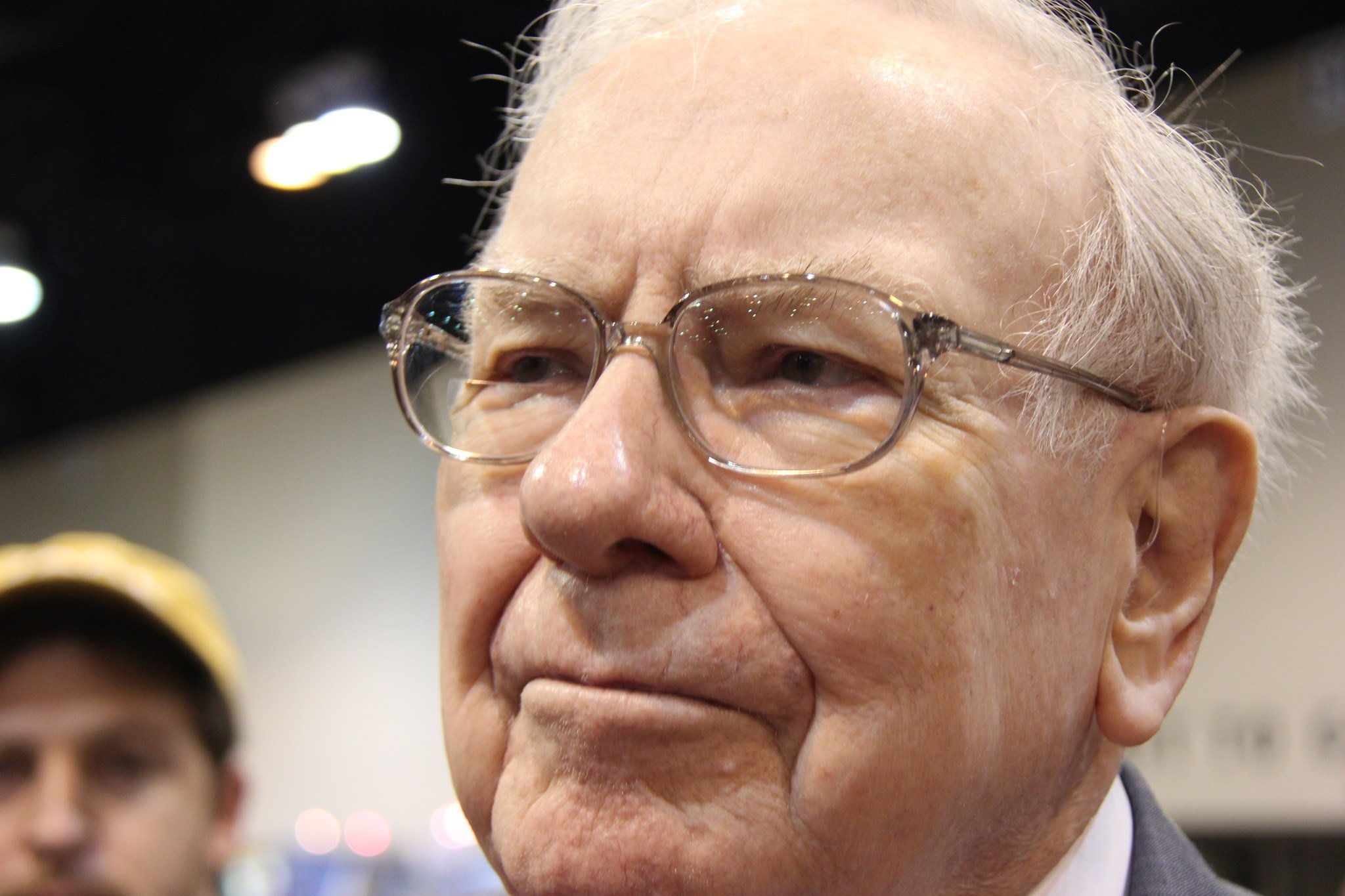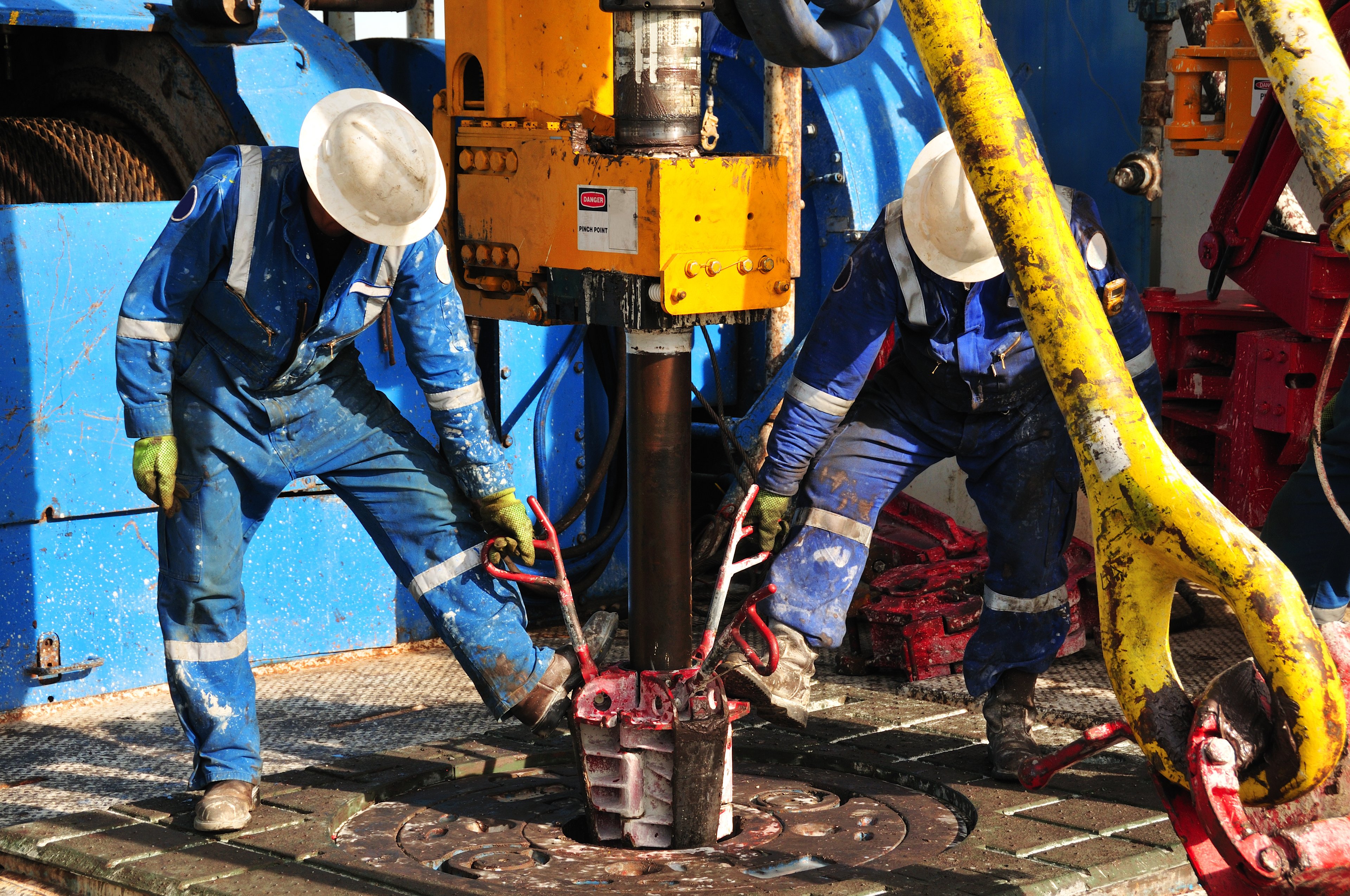When you are piloting a $200 billion-plus ship such as Chevron (CVX +0.07%), you can't exactly turn the thing on a dime. So when Chevron CEO John Watson talked about the company during the quarterly conference call, many of his statements were akin to the phrase "steady as she goes."
With oil prices falling, it can be increasingly difficult to justify not turning the ship right around and heading to port. However, during Chevron's latest conference call, Watson made several comments as to why investors should take confidence in the course charted out by management. Here's what he had to say.
We can save a lot from cheaper services
When an oil producer plans budgetary cuts, many investors' immediate thought is that those reductions will just mean less spending on projects. In truth, one of the biggest changes in budgets can simply come from renegotiation of contracts with service providers. According to Watson, reduced activity is already driving down costs in certain parts of the business:
[I]ndustry costs have more than doubled in the last decade. Market conditions will create surplus capacity in most key supply chain categories and drive rates lower. We are actively engaged with all suppliers and have enjoyed early success. We expect the opportunity will grow with time and particularly so if prices remain low. ...
We're taking on all of these things and we have a centralized procurement organization as well as a lot of people in our unit that are taking advantage of the opportunity in spare capacity and the supply chain. ...
On rigs, we had one offer in one location around the world of a 50% reduction in rig rate.
With many of the service providers that rent out hard assets such as rigs, sometimes it is better to keep them working at a lower rate than to let them sit idle. At least at a lowered rate they can help cover the fixed costs associated with the equipment. So Chevron might offset much of those budgetary cuts with lower costs on services.
We're not really nimble, but we have some levers we can pull
Much of Chevron's planned spending is on major projects that have been in the works for years, and pulling the plug could negatively impact production for decades. However, there are a few places where spending can be shifted to accommodate today's price environment:
If you go back and look at our financial statements in 2008 and 2009, you'll see that we took operating and administrative cost down $4 billion or about 15% between years in response to that brief price excursion. We know how to manage costs.
[I]f you have short cycle based business or shale investments and they don't meet investment hurdles at current prices, which is the revenue you're likely to realize, we're pulling them from the program and we've cut rigs all over the world.
Operations such as shale drilling, where the time from spudding a well to production can be days instead of years, are ideal places for reducing or delaying spending, especially if wells in that region aren't economical at today's prices. The company has a history of making quick cuts to investments like this, as well as to some nonproduction costs, to manage through these industry down cycles. We can expect it will do the same in this cycle.
Pre-programmed growth
One big fear investors might have when it comes to spending cuts is how much they will impact production and profitability over the next couple of years. Thanks to major projects such as Gorgon LNG, Watson thinks investors shouldn't worry too much:
Our 3.1 million-barrel-a-day target for 2017 remains on track as the major projects under construction drive that outcome.
We had one of our best years from an exploration and resource capture standpoint ,with 35 discoveries at a 66% success rate. We added 1.4 billion oil equivalent barrels with significant conventional and unconventional adds.
Chevron has plenty of production projects in the pipeline over the next couple of years that will more than likely boost earnings. Beyond that time frame, though...
You'll probably forget about the cut in spending until five years down the road
Cutting spending isn't a win-win situation. The impact will be felt somewhere, most likely in the delay or cancellation of some projects that are being considered now, because they don't make the cut in today's budgetary constraints.
[T]he impact is predominantly over the longer term because we're continuing with the projects under construction and we're deferring some projects and spend that will have some impact on production but it's generally outside the window that we're talking about. For example, the Tengiz project will be a good project but it's not going to produce volumes inside the 2017 window. Similarly, when you make reductions in exploration spend, you're not going to impact a production inside the window. So I would think of most of it as being a long dated impact.
The one silver lining is that Chevron can make up for this down the road by ramping up exploration and appraisal in the next couple of years when oil prices recover. However, the argument could be made to just keep the spending steady, knowing these weak times will pass.
What a Fool believes
Chevron isn't completely ignoring the fact that oil prices are less than ideal, but management is keeping its eyes on the horizon because there are much bigger issues ahead that require the company to not overreact to this short-term blip in prices. With investors still apprehensive about where oil prices are going, the steady ship of Chevron might be the place to look for a long-term investment in the energy space.






